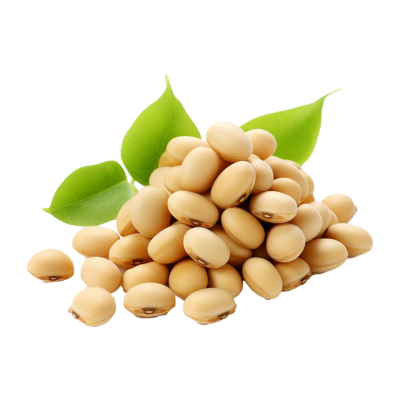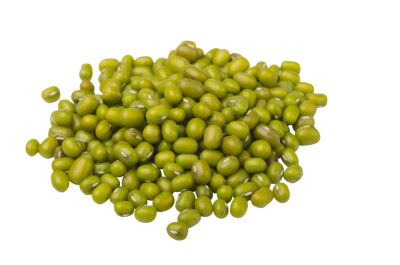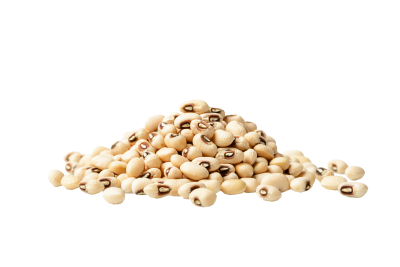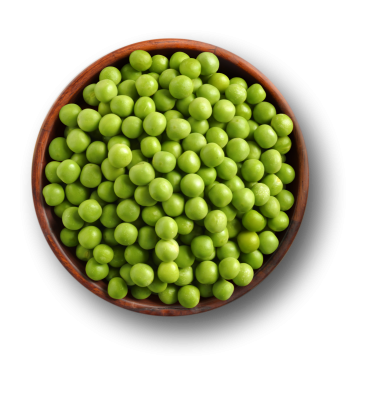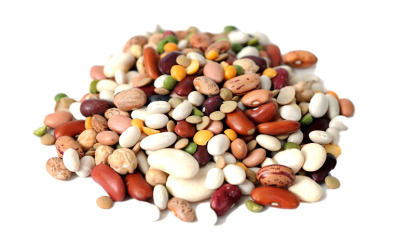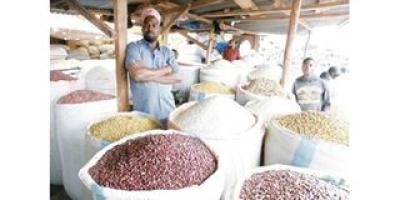Navigating the Pulse Supply Chain: Opportunities and Challenges for Traders in East Africa
The pulse sector in East Africa has experienced significant growth in recent years, driven by increasing local and global demand. As pulses—such as beans, lentils, chickpeas, and peas—continue to gain popularity for their nutritional value, affordability, and sustainability, the role of traders in the pulse supply chain becomes even more critical. However, while opportunities abound, the pulse trading sector in East Africa faces a range of challenges that require strategic solutions. In this blog, we’ll explore the opportunities and challenges that traders in the region encounter, as well as strategies to navigate the pulse supply chain effectively.
The Pulse Supply Chain: An Overview
The pulse supply chain is multifaceted and includes various stages, from production and processing to transportation and export. Each step in the supply chain adds value to the product and presents unique challenges and opportunities for traders. The key stages in the pulse supply chain include:
-
Production – Smallholder farmers are the backbone of pulse production in East Africa. They typically grow pulses as part of diversified farming systems, often relying on traditional farming methods.
-
Post-Harvest Handling – After harvesting, pulses require proper storage, sorting, cleaning, and sometimes drying to ensure quality. In many cases, farmers either process pulses themselves or sell them to middlemen or aggregators for further processing.
-
Processing and Packaging – Pulses are often processed and packaged for both local consumption and export markets. Processing facilities can range from small-scale, informal operations to larger, modern plants.
-
Transportation and Distribution – Transporting pulses from rural production areas to markets or export ports is a key part of the supply chain. Infrastructure limitations, such as poor roads or inadequate storage facilities, can impact the efficiency of this stage.
-
Export and International Trade – Once processed, pulses are exported to international markets, with East Africa being a significant supplier to countries like India, the Middle East, and Europe.
While the supply chain offers substantial economic opportunities, it also presents challenges that traders must navigate to stay competitive and ensure sustainable growth.
Opportunities in the Pulse Supply Chain
1. Growing Global Demand for Pulses
The global demand for pulses has been on the rise, driven by shifting dietary preferences and increased interest in plant-based protein sources. As consumers worldwide seek healthier and more sustainable alternatives to animal protein, pulses are positioned to meet this demand. East Africa, with its favorable climate and established pulse-growing regions, is well-positioned to capitalize on this trend.
Traders have the opportunity to tap into new and expanding export markets, particularly in countries like India, which is one of the world’s largest consumers of pulses. With East African countries such as Ethiopia, Uganda, Kenya, and Tanzania already exporting significant volumes of pulses, there is room for growth, especially as international trade agreements and market access improve.
2. Increasing Local Consumption and Awareness
Pulses are not only a key export commodity but also an important part of the diet for millions of people in East Africa. Rising awareness about the health benefits of pulses—such as their high protein and fiber content—has spurred local demand. As urbanization increases and the middle class expands, consumers are increasingly looking for affordable and nutritious food options.
Traders can seize this opportunity by enhancing the availability and accessibility of pulses in local markets, diversifying product offerings (such as pre-packaged or processed pulses), and leveraging marketing strategies to promote the health benefits of pulses. Additionally, investing in partnerships with retailers and foodservice providers can help boost local consumption.
3. Value-Added Products and Processing Opportunities
One of the key opportunities in the pulse supply chain lies in adding value through processing. Raw pulses often face significant price fluctuations and can be susceptible to spoilage, particularly in humid climates. However, pulse processing offers several advantages. By converting raw pulses into value-added products—such as canned beans, lentil flour, or ready-to-cook meals—traders can capture higher margins and tap into niche markets.
Investing in processing infrastructure not only helps stabilize prices but also enhances the shelf life of pulses, making them more competitive in both local and international markets. Additionally, value-added products can cater to evolving consumer preferences, such as the growing demand for convenience foods.
4. Sustainability and Certification
As consumers become more conscious of the environmental impact of their food choices, sustainability is becoming a key consideration in the agricultural sector. Pulses are inherently sustainable due to their nitrogen-fixing properties, which reduce the need for chemical fertilizers and contribute to soil health. Traders who emphasize the sustainability of pulses can gain a competitive edge, especially in markets that prioritize environmentally friendly products.
Obtaining sustainability certifications—such as organic or fair trade certifications—can also open up premium markets and attract conscious consumers who are willing to pay more for ethically produced goods.
Challenges in the Pulse Supply Chain
1. Infrastructure and Logistics Constraints
One of the most significant challenges in the pulse supply chain is the lack of adequate infrastructure, particularly in rural areas where pulses are grown. Poor roads, limited storage facilities, and inadequate transportation networks can lead to inefficiencies and increased costs. This is especially problematic for smallholder farmers, who may face difficulties accessing markets or receiving fair prices for their produce.
Traders who operate in the pulse supply chain must find ways to mitigate these challenges, whether through investing in better storage facilities, improving transportation networks, or collaborating with local governments and organizations to improve infrastructure.
2. Price Volatility and Market Uncertainty
Like many agricultural commodities, pulses are subject to price volatility due to factors such as changing weather conditions, market demand fluctuations, and global trade dynamics. Price volatility can create uncertainty for traders, particularly when it comes to forecasting profit margins or setting fair prices for farmers.
To mitigate price risks, traders can adopt strategies such as forward contracting, which locks in prices for pulses before they are harvested, or diversifying their product range to reduce dependency on a single commodity. Additionally, building strong relationships with farmers and other supply chain actors can help ensure more stable prices and consistent supply.
3. Quality Control and Standards Compliance
For East African pulses to remain competitive in global markets, quality control is essential. International buyers have stringent quality requirements, including standards for cleanliness, moisture content, and absence of contaminants. Failing to meet these standards can result in rejected shipments, lost business, and reputational damage.
Traders must invest in training, technology, and infrastructure to ensure that the pulses they handle meet international quality standards. This includes educating farmers on best practices for harvesting, post-harvest handling, and processing, as well as adopting modern sorting and cleaning technologies to improve product quality.
4. Climate Change and Production Risks
Climate change poses a significant risk to pulse production in East Africa. Changes in rainfall patterns, prolonged droughts, and the unpredictability of weather events can all negatively affect pulse yields. Farmers are often the first to feel the impacts of these changes, which can disrupt the entire supply chain.
Traders must work with farmers to promote climate-resilient farming practices and invest in risk management strategies such as crop insurance, irrigation, and drought-tolerant pulse varieties. Additionally, diversification of sourcing regions can help reduce the impact of climate-related risks on the supply chain.
Conclusion: Building a Resilient Pulse Supply Chain
The pulse supply chain in East Africa is at a critical juncture. The sector offers immense opportunities for growth, particularly in export markets, local consumption, and value-added products. However, to fully capitalize on these opportunities, traders must navigate a range of challenges, including infrastructure limitations, price volatility, and climate risks.
By focusing on improving logistics, ensuring quality control, diversifying product offerings, and working closely with farmers to build resilient and sustainable supply chains, traders can position themselves for long-term success. The pulse trade is an integral part of East Africa’s agricultural landscape, and with the right strategies in place, it can contribute to economic growth, food security, and environmental sustainability in the region for years to come.


